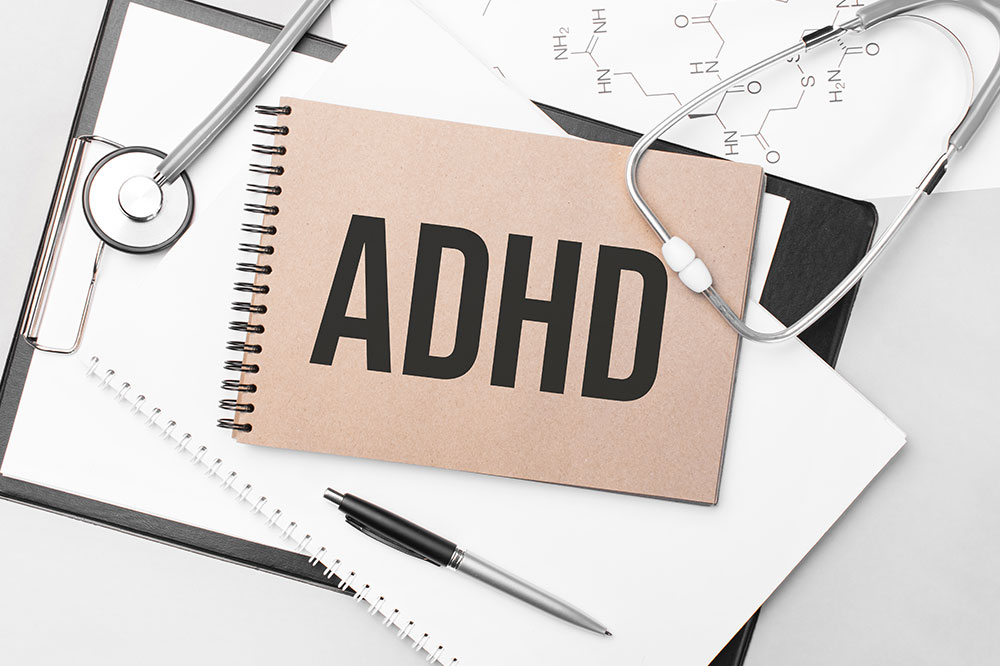3 types of disability insurance and their benefits

A health condition or disability can make it difficult to work, carry out everyday tasks, and lead healthy lives without assistance. In such cases, having an insurance policy in place that offers certain benefits can be a great source of monetary assistance. One could also get approved for disability benefits, which can help improve their overall financial situation. Here are the common types of disability insurance coverage options and key benefits one can get:
1. Short-term disability insurance
Disability insurance can help replace a portion of the income one loses if they are unable to work due to a prolonged illness or injury. Short-term disability insurance starts paying benefits within one to two weeks of a qualifying illness or injury. It also covers an individual for a benefit period that is usually 13 to 26 weeks. One should note that short-term disability insurance covers between 40% to 70% of the income. The policyholder will continue to receive benefits until they can return to work or until they reach the end of the benefit period. Conditions that qualify for short-term disability claims include pregnancy, mental health issues, musculoskeletal issues, and injuries. One should note that the insurance benefits extend to an injury or illness unrelated to one’s job.
2. Long-term disability insurance
The type of policy is designed to last for several years. It covers a portion of the policyholder’s income if they are excessively injured or too sick to work for an extended amount of time. The benefits usually last 5, 10, or 20 years or until retirement age. The coverage amount could range from 60% to 80% of the monthly salary. To qualify for long-term disability benefits, one must file a claim detailing the illness or injury and wait for approval from the insurance company. The most common conditions covered by long-term disability insurance include:
– Musculoskeletal disorders
– Muscle and ligament strains, sprains, and fractures
– Mental health disorders
– Cancer
– Heart attack, other circulatory disease, and stroke
3. Social Security Disability Insurance (SSDI)
This type of coverage is a part of an individual’s Social Security benefits. It offers monthly payments to those with a disability that prevents or limits their ability to work. Those with disabilities, blindness, and sufficient work history (typically 5 out of the last 10 years) are eligible to receive the insurance benefits. The benefits include a monthly payment and Medicare coverage. Two years after one becomes entitled to the disability benefits under this scheme, they are enrolled in Medicare. The payment amount is also based on the work history before one encountered the disability. Family members of those affected may also be eligible for benefits. So, for instance, the spouse can avail of the benefits if they are either 62 years or older or are caring for the child (who is younger than 16 or disabled) of the person with a disability. Additionally, unmarried children who meet the age requirements or are also disabled can also get the SSDI benefits.
One can also find relevant insurance benefits through other government and private programs.






